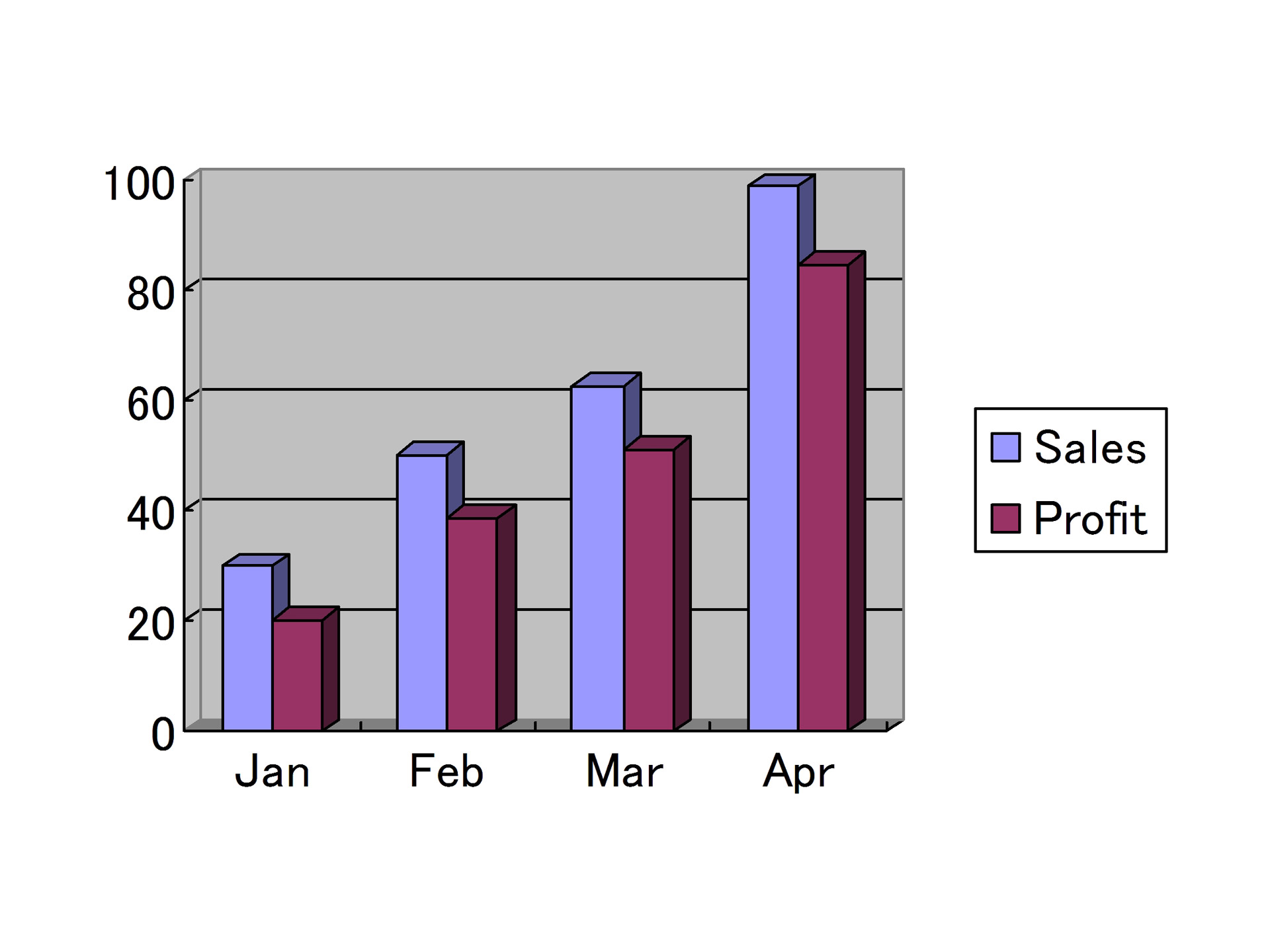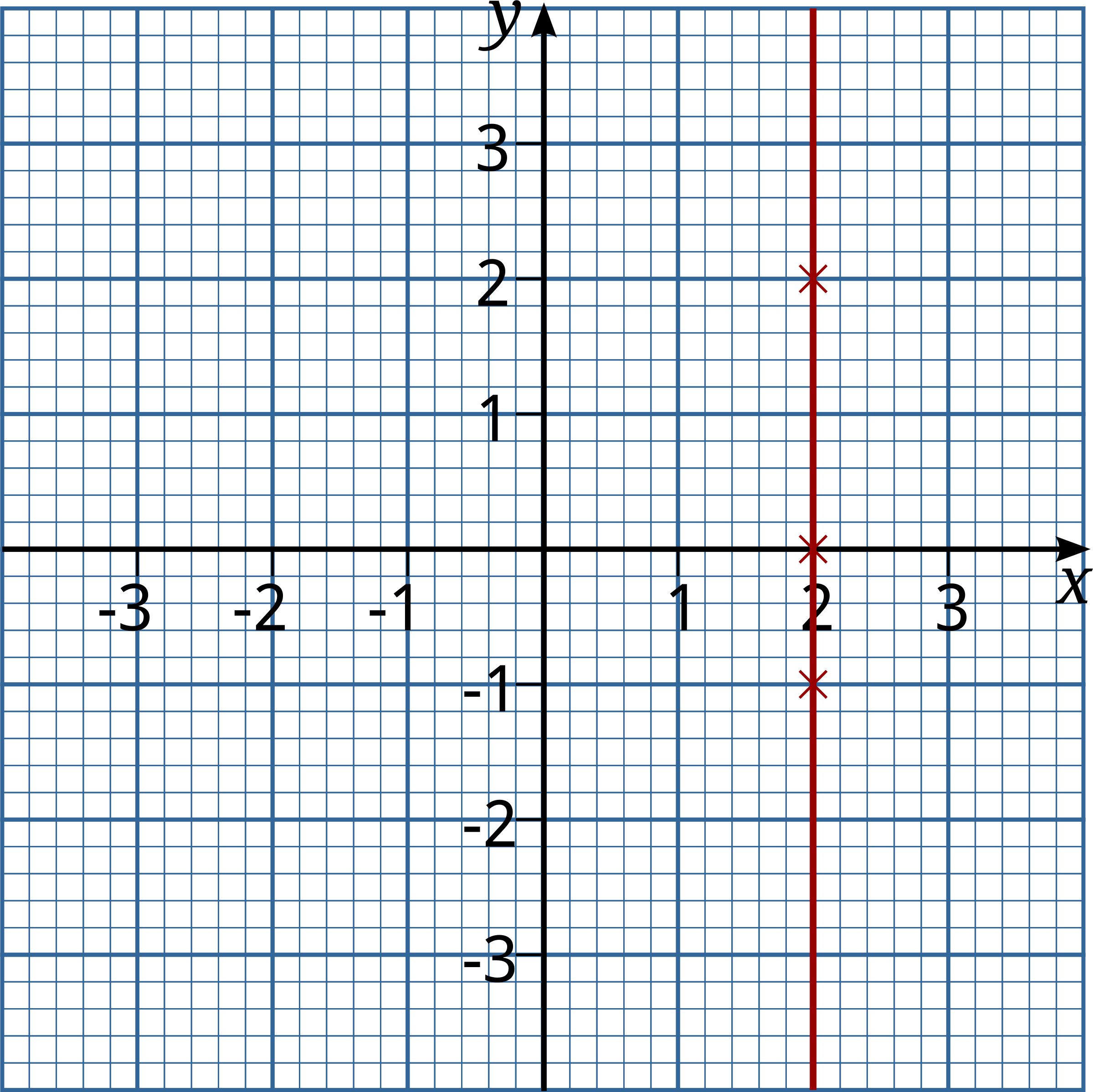Graph: The Ultimate Guide To Understanding And Mastering The Power Of Connections
Listen up, friends. Today, we're diving deep into the world of graph. Now, if you're thinking this is just about some random math stuff or charts, hold on tight because you're in for a wild ride. Graphs are everywhere, and they're shaping the way we interact, analyze data, and solve problems. So, whether you're a student, a professional, or just someone curious about how the world works, this is the article you've been waiting for. Let's get started, shall we?
But wait, before we jump into the nitty-gritty, let me tell you something cool. Graphs aren’t just for nerds in labs. They’re used in everything from social media algorithms to mapping out your favorite delivery routes. If you’ve ever wondered how Google Maps knows the best way to get you from point A to point B, well, it’s all thanks to graphs. So yeah, they’re kinda a big deal.
By the end of this article, you’ll not only understand what graphs are but also how they impact your life daily. And hey, who knows? You might even impress your friends at your next hangout with your newfound knowledge. So, buckle up, because we’re about to take a deep dive into the fascinating world of graph theory and beyond.
- 7starhd Movie Your Ultimate Destination For Blockbuster Entertainment
- Why Vegamovieslat Is A Gamechanger For Movie Enthusiasts In 2023
What Exactly is a Graph?
Alright, let’s break it down. A graph, in the simplest terms, is a way to represent relationships between things. Think of it like a map where you have places (nodes) and roads connecting them (edges). It’s all about connections, man. In computer science and mathematics, graphs are super important because they help us model real-world situations in a way that’s easy to analyze.
Graphs come in different flavors too. There are directed graphs, where the connections have a direction (like one-way streets), and undirected graphs, where the connections go both ways (like friendships on social media). And let’s not forget weighted graphs, where each connection has a value or cost associated with it. It’s like assigning tolls to those roads I mentioned earlier.
Why Should You Care About Graphs?
Here’s the thing: graphs are everywhere. They’re the backbone of so many technologies you use every day. From recommending movies on Netflix to suggesting new friends on Facebook, graphs are working behind the scenes to make your life easier. And if you’re into tech or data science, understanding graphs can open up a whole new world of possibilities.
- New Hollywood Movie Hindi Dubbed 2024 Download Your Ultimate Guide
- Filmywap Web Series 2025 Download Your Ultimate Guide To Streaming And Downloading
For example, let’s say you’re building a delivery app. You need to figure out the fastest route to get packages to their destinations. Graphs can help you do that by analyzing all the possible routes and finding the most efficient one. It’s like having a super-smart GPS that never gets lost.
Applications of Graphs in Real Life
Now, let’s talk about some real-life applications of graphs. Here are a few examples:
- Social Networks: Graphs are used to map out relationships between users, helping platforms like LinkedIn and Twitter suggest connections.
- Transportation: From Uber to flight scheduling, graphs are used to optimize routes and schedules.
- Search Engines: Google uses graphs to rank websites based on their connections and relevance.
- Recommendation Systems: Whether it’s books on Amazon or songs on Spotify, graphs help these platforms suggest items you’re likely to enjoy.
Types of Graphs: The Good, the Bad, and the Undirected
Not all graphs are created equal. Let’s take a closer look at the different types:
Directed vs. Undirected Graphs
Directed graphs, or digraphs, have edges with a specific direction. Think of it like following someone on Instagram. You follow them, but they don’t necessarily follow you back. On the other hand, undirected graphs have edges that go both ways. It’s like a friendship on Facebook—mutual and equal.
Weighted vs. Unweighted Graphs
Weighted graphs have values assigned to their edges. This is super useful in scenarios where you need to consider factors like distance or cost. For example, in a delivery app, the weight could represent the time it takes to travel between two points. Unweighted graphs, on the other hand, don’t have these values, making them simpler but less versatile.
Graph Theory: The Backbone of It All
Graph theory is the mathematical study of graphs. It’s like the foundation that everything else is built on. If you’re into math, you’ll love this part. Graph theory helps us solve complex problems by breaking them down into manageable pieces. From finding the shortest path between two points to coloring maps without adjacent regions having the same color, graph theory has got your back.
Some key concepts in graph theory include:
- Nodes: The points or vertices in a graph.
- Edges: The connections between nodes.
- Paths: A sequence of edges connecting two nodes.
- Cycles: A path that starts and ends at the same node.
Graph Algorithms: The Magic Behind the Scenes
Graph algorithms are like the secret recipes that make everything work. They’re the tools we use to solve problems involving graphs. Some of the most famous graph algorithms include:
Dijkstra’s Algorithm
This one’s all about finding the shortest path between two nodes in a graph. It’s like having a personal GPS that always knows the fastest way to get you where you need to go.
Prim’s Algorithm
Prim’s algorithm is used to find the minimum spanning tree of a graph. Think of it like building a network of roads that connects all the cities in a country while using the least amount of resources possible.
Kruskal’s Algorithm
Similar to Prim’s, Kruskal’s algorithm also finds the minimum spanning tree but uses a different approach. It’s like having two chefs in the kitchen, each with their own way of making the perfect dish.
Data Structures for Graphs
Before we can start working with graphs, we need a way to store them in our programs. There are a few common data structures used for this:
Adjacency Matrix
An adjacency matrix is a 2D array where each cell represents whether there’s an edge between two nodes. It’s like a table where you can quickly check if two places are connected.
Adjacency List
An adjacency list is a collection of lists, where each list contains the nodes that are adjacent to a particular node. It’s more space-efficient than an adjacency matrix, especially for sparse graphs (graphs with few edges).
Graphs in Modern Technology
Graphs aren’t just theoretical concepts; they’re being used in some of the most cutting-edge technologies today. From machine learning to blockchain, graphs are playing a crucial role in shaping the future.
Machine Learning and Graph Neural Networks
Graph neural networks (GNNs) are a type of neural network designed to work with graph-structured data. They’re being used in everything from drug discovery to fraud detection, proving that graphs have a place in the world of AI.
Blockchain and Distributed Ledgers
Blockchain technology relies heavily on graph concepts to ensure security and transparency. Each block in a blockchain is like a node in a graph, and the connections between them form a chain that’s nearly impossible to tamper with.
Challenges and Limitations of Graphs
As powerful as graphs are, they’re not without their challenges. One of the biggest issues is scalability. As graphs grow larger, analyzing them becomes more computationally expensive. This is why researchers are constantly working on new algorithms and techniques to make graph processing faster and more efficient.
Another challenge is dealing with dynamic graphs, where nodes and edges can change over time. This requires algorithms that can adapt quickly to new information, which isn’t always easy.
Conclusion: The Future of Graphs
So, there you have it—the lowdown on graphs. From mapping out social networks to optimizing delivery routes, graphs are an essential part of modern technology. And with advancements in graph theory and algorithms, the possibilities are endless.
Here’s a quick recap of what we’ve covered:
- Graphs are all about connections and relationships.
- They come in different types, each with its own strengths and weaknesses.
- Graph algorithms help us solve complex problems efficiently.
- Data structures like adjacency matrices and lists are used to store graphs.
- Graphs are being used in some of the most exciting technologies today.
Now, it’s your turn. Whether you’re a student looking to ace your next exam or a professional exploring new ways to apply graph theory in your work, the knowledge you’ve gained here can take you far. So, go ahead and start exploring the world of graphs. Who knows? You might just change the world with your newfound expertise.
Call to Action: Got any questions or thoughts about graphs? Drop a comment below and let’s chat. And don’t forget to share this article with your friends. Knowledge is power, and together, we can make the world a better place—one graph at a time.
Table of Contents
- What Exactly is a Graph?
- Why Should You Care About Graphs?
- Types of Graphs
- Graph Theory
- Graph Algorithms
- Data Structures for Graphs
- Graphs in Modern Technology
- Challenges and Limitations
- Conclusion
- Movie Rulez3 Com 2025 Your Ultimate Guide To Streaming Movies In 2025
- Yeh Meri Family Season 1 Download Vegamovies Your Ultimate Guide

Graph Free Stock Photo Public Domain Pictures

Clipart Graph of x = 2

Bar Chart Examples